Custom Metal Shelters: Design, Benefits, Installation & Maintenance for Outdoor Spaces

Metal yard structures provide versatile, durable, and aesthetically pleasing solutions for various o…….
Outdoor metal structures have been a testament to human ingenuity and architectural prowess, serving both functional and aesthetic purposes across various cultures and time periods. From ancient Roman aqueducts to modern skyscrapers, these constructions have evolved significantly. This article delves into the multifaceted world of outdoor metal structures, exploring their historical context, global impact, technological advancements, economic significance, policy frameworks, challenges, case studies, and future prospects. Readers will gain a comprehensive understanding of how these structures are engineered to withstand the elements, the roles they play in society, and where they might be headed next.
Outdoor metal structures encompass a wide array of constructions, from bridges and sculptures to storage tanks and communication towers. They are characterized by their durability, versatility, and longevity. These structures are typically constructed using materials such as steel, aluminum, and stainless steel, which offer both strength and resilience against environmental factors like corrosion and wear.
Historically, ancient civilizations utilized metal in construction, though primarily in conjunction with other materials. The Iron Age saw significant advancements, with metal becoming a more prominent constructural element. Fast forward to the 20th century, and metal structures have become integral to modern infrastructure, reflecting technological progress and societal needs.
The impact of outdoor metal structures is global, with their design and implementation varying across different regions due to environmental, cultural, and economic factors. In North America and Europe, there’s a focus on sustainability and the use of green technologies. Asia, particularly China and Japan, has become a hub for manufacturing and innovation in metal construction due to its rapidly developing infrastructure needs. The Middle East, with its harsh climates, has seen the development of unique structures that offer both shade and sustainability.
Key trends include the integration of smart technology, such as sensors and energy-efficient systems, into metal structures, enhancing their functionality and efficiency. Additionally, there’s a growing emphasis on eco-friendly materials and practices to minimize the environmental footprint.
The outdoor metal structures industry is a significant contributor to the global economy, with market dynamics influenced by urbanization, infrastructure development, and technological advancements. Investment patterns reflect a trend towards sustainable and resilient construction, with governments and private entities alike recognizing the importance of durable infrastructure.
Economically, these structures represent both capital investment and long-term assets. They create jobs in design, manufacturing, installation, and maintenance, contributing to local economies. Furthermore, well-designed metal structures can reduce operational costs over time by requiring less maintenance and being more energy-efficient.
Technological advancements have been pivotal in the evolution of outdoor metal structures. Innovations in materials science have led to the development of corrosion-resistant alloys, lighter weight composites, and advanced coatings that protect against environmental degradation. Digital fabrication technologies, such as 3D printing and laser cutting, have revolutionized the design and construction process, allowing for more complex and intricate structures.
The future holds promise with the advent of smart materials and self-healing metals, which could further enhance the durability and adaptability of these structures. The integration of renewable energy systems within metal structures is also a burgeoning field, with photovoltaic panels and wind turbines being incorporated into their design.
Policies and regulations governing outdoor metal structures are diverse, reflecting local and international standards. In the United States, for example, the International Building Code (IBC) provides guidelines for construction safety and performance. The European Standard EN 1090 sets out requirements for the production of steel structures. These frameworks ensure safety, sustainability, and quality across projects.
Regulatory changes often drive innovation in the industry, with a focus on environmental impact assessments, building information modeling (BIM), and life-cycle analysis. Compliance with these regulations is not only mandatory but also aligns with the growing public demand for responsible construction practices.
Despite their benefits, outdoor metal structures face several challenges. Corrosion from exposure to the elements remains a significant concern, necessitating regular maintenance and the use of protective coatings. Environmental impact is another issue, with critics pointing out the energy-intensive nature of metal production and the need for more sustainable practices.
Economic factors also pose challenges, as the initial investment can be high, and project timelines can be lengthy. The availability of skilled labor is critical, and a shortage in this area can hinder progress and increase costs. To address these issues, stakeholders must invest in research and development, workforce training, and sustainable materials and practices.
Several case studies illustrate the successful application of outdoor metal structures. The Sydney Opera House, although not entirely made of metal, incorporates steel in its iconic sails and is a testament to the enduring nature of such constructions. The Eiffel Tower in Paris stands as another classic example, showcasing how metal structures can become cultural icons.
More recently, the Al Bayt Stadium in Qatar, designed for the 2022 FIFA World Cup, demonstrates the fusion of architectural ingenuity and sustainable practices. Its retractable air-conditioning system and use of solar panels highlight innovation in addressing environmental challenges.
Outdoor metal structures are a testament to human ingenuity, combining aesthetics with functionality to meet societal needs. Their impact is multifaceted, affecting economic growth, environmental sustainability, and cultural identity. As we look to the future, these structures will continue to evolve, adapting to new technologies, changing regulations, and emerging challenges. The industry’s commitment to innovation and sustainability ensures that outdoor metal structures will remain a cornerstone of modern infrastructure for generations to come.

Metal yard structures provide versatile, durable, and aesthetically pleasing solutions for various o…….
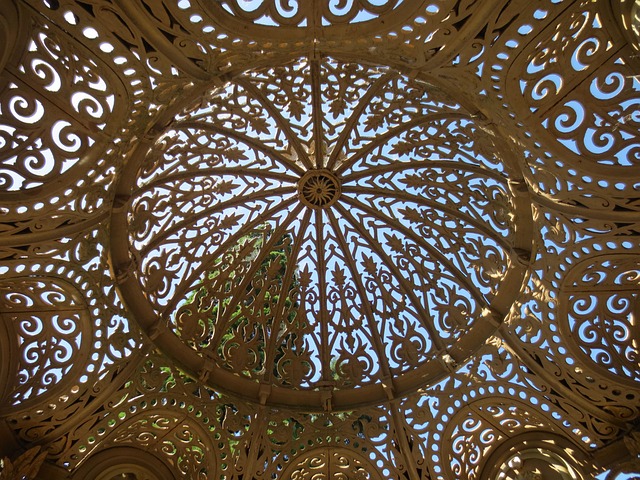
Custom outdoor metal fabrication is an art form that turns blank landscapes into captivating spaces…….

Weather-resistant metal structures, engineered with superior materials like stainless steel and adva…….
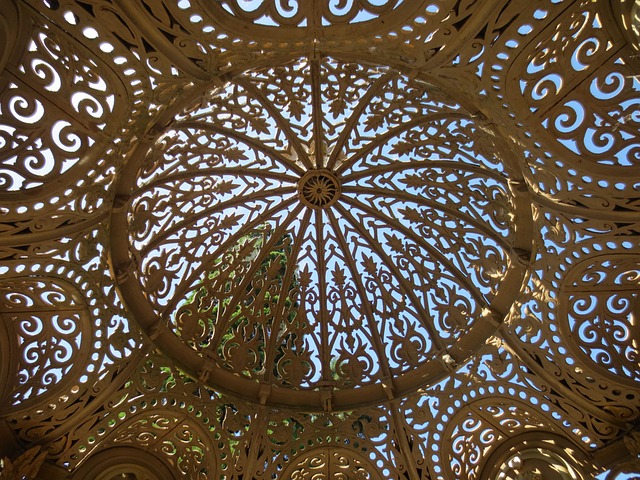
Custom metal pergolas transform outdoor living with their versatility and stylish designs, catering…….

Metal gazebos are durable, versatile structures offering both aesthetic appeal and functional benefi…….
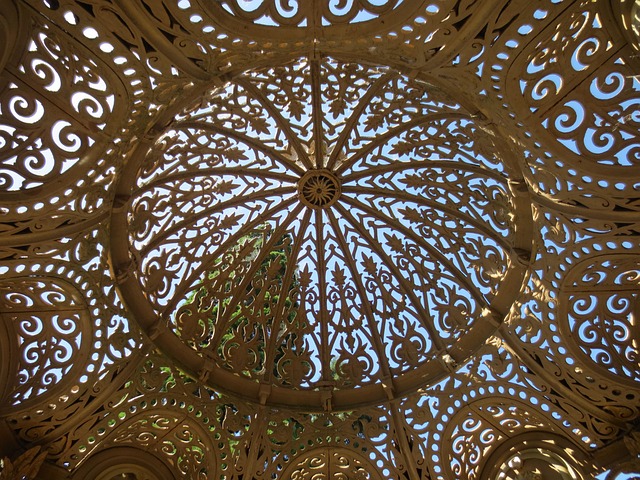
Weather-resistant metal structures are gaining popularity due to their durability, low maintenance,…….

Metal gazebos are gaining popularity for their modern, durable aesthetic, enhancing outdoor spaces f…….
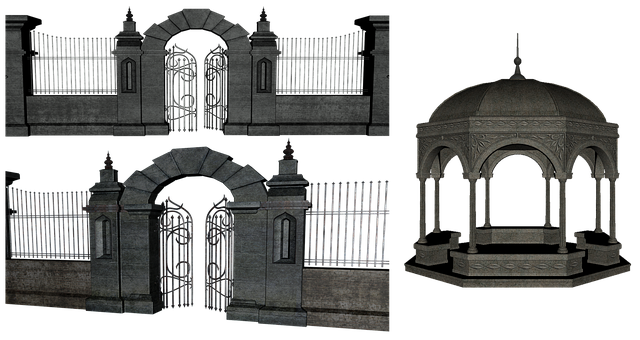
Outdoor metal structures are popular for their durability, aesthetics, and versatility. Key material…….
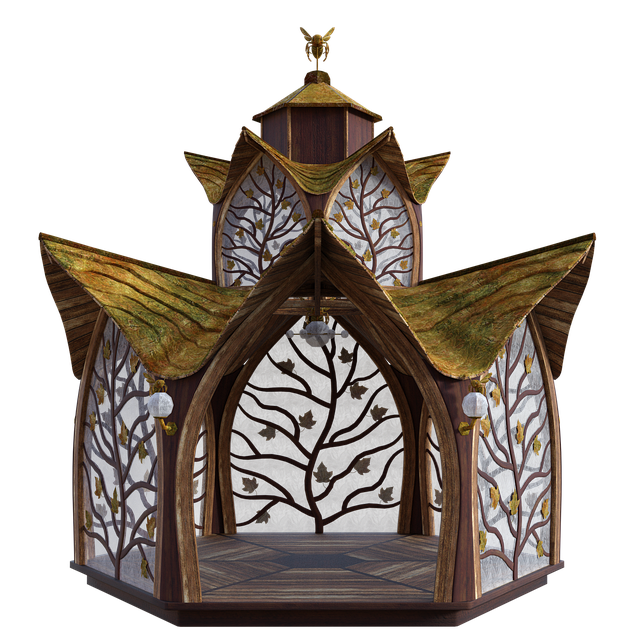
Outdoor metal installations have become a popular choice for enhancing gardens, parks, and urban spa…….
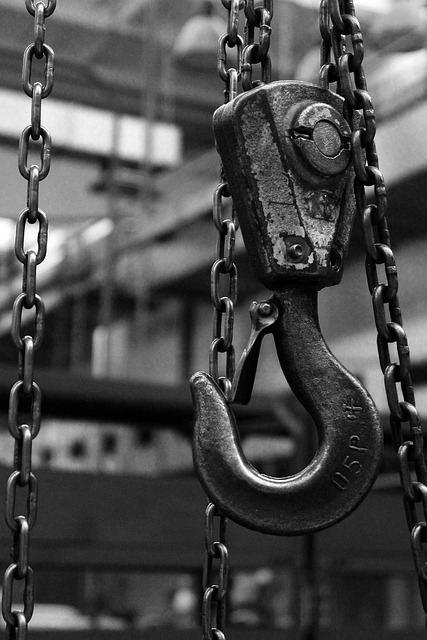
Weather-resistant metal structures elevate outdoor aesthetics and durability with high-quality mater…….